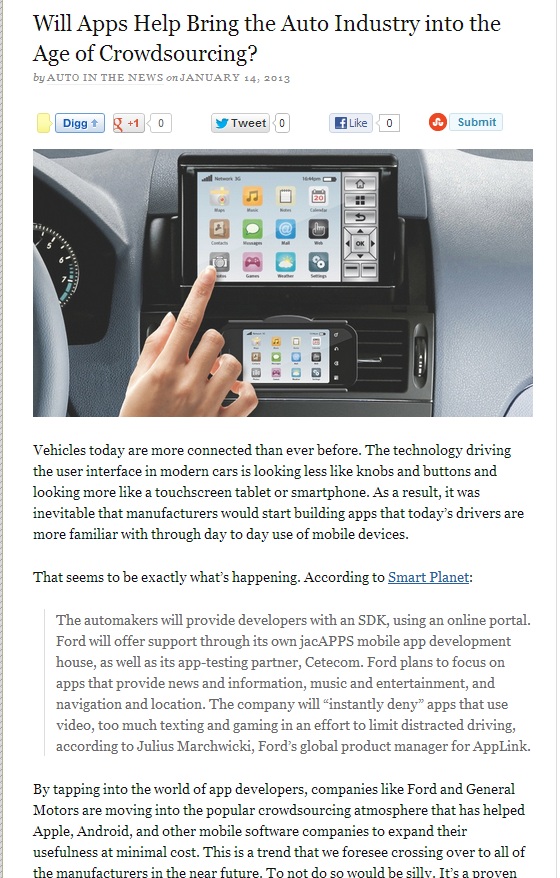
The marketing adage “content is king” has been around for a long time. In 2013, it appears that both the search engines and social media sites are focusing on content as their driving forces, but in a different way than most understand. Things are changing in the world of internet marketing. Here’s what you need to know.
Content was never really “king”. Though it made a nice talking point and allowed marketing companies an opportunity to charge for their labors, it was always a temporary fix. In search, it started off as extremely important for a little while until marketers started learning how to manipulate it, so the search engines switched to focus on external signals such as links. Then, the links started turning into link farms and “splogs”, so content re-emerged as a focus point.
Companies were built on the premise of “more is better” and started putting out low-quality, spun, or light content in an effort to fool the search engines once again. Google made moves to shut this down in February, 2011, with the first of many Penguin algorithm updates that effectively put an end to content farming.
Social media saw a similar shift towards spam in 2011 that was quickly sorted by secretive algorithm adjustments that took into account the different layers of liking, sharing, retweeting, and other social media activities to once again force quality of content to the front ahead of bulk.
For the first time ever, content is truly emerging as the leader in internet marketing activities, but it has manifested differently than most have seen in the past. There’s no longer SEO content, social media content, and conversion content that act separately from each other. Going into 2013, these three primary types of internet marketing content are consolidating into a singular strategy. It’s not that they are becoming the same. It’s that they have to work together for maximum results.
In essence, content is not king. It’s like a president. It has power, certainly, but the majority of that power must be shared, enhanced, and complemented by other factors such as links and social signals. Here’s how the president of internet marketing will work in 2013…
The different hats of a president
Just as any good president must wear different hats depending on the circumstance, a strong content marketing strategy requires that the content falls into the different categories depending on the needs of the moment. I mentioned the three most important – SEO content, social media content, and conversion content – but there are others that often come into play.
We’re going to focus on the three important ones for now:
- The President as an Organizer – The President can’t do it all. He or she must bring the leaders of Congress and the states together to demonstrate a coherent strategy for their country. SEO content works must the same way. Creating SEO content is different from creating content that acts as SEO for a particular page. True SEO content is designed to help generate inbound links, points the search engines in the right directions once they land on a particular page, and enhances the conversion pages through context and appropriate internal links.
- The President as an Ambassador – It’s important for a President to be strong, friendly, and build relationships with others. What the President says and how he or she says it makes a difference in perceptions. Done properly, the message is shared. The same holds true for social media content. You can have interesting things to post from your website onto other sites, but if the relationships aren’t there, you won’t get very far regardless of the quality of the content.
- The President as an Administrator – Despite what anyone says, a President has to be a good salesperson. They have to take their ideas and make them work within their country which requires the ability to direct the people appropriately and get things done that work. It doesn’t matter how good a President is at being an organizer or ambassador if they can’t deliver the goods at the end of the day. This is where conversion content finds similarities. You can have people interested, but if you don’t turn them into leads, customers, or clients, your other efforts are worthless.
From a practical perspective, you content must be able to bind all of the major internet marketing efforts into a working strategy. This is where content comes in. Turn it into the centerpiece of your internet marketing for 2013. Links, social signals, traffic, conversions – all are necessary for success. The easiest way to achieve them is through the strongest content that you can muster.
* * *
“Mt Rushmore” image courtesy of Shutterstock.









